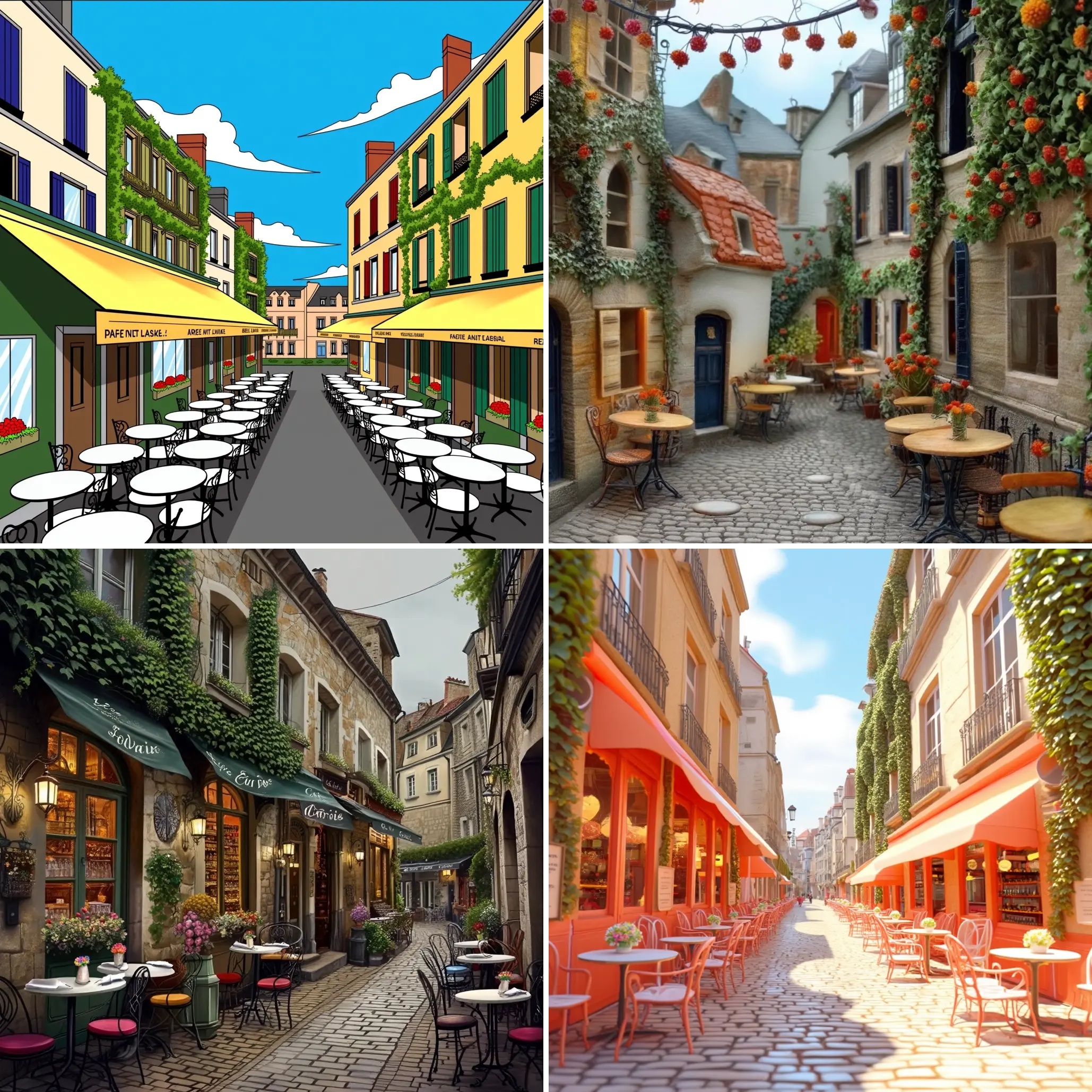ComfyUI Node: Ultralytics Visualization
UltralyticsVisualization
CategoryUltralytics/Vis
kadirnar (Account age: 2614days) Extension
ComfyUI-YOLO Latest Updated
2025-03-15 Github Stars
0.07K
How to Install ComfyUI-YOLO
Install this extension via the ComfyUI Manager by searching for ComfyUI-YOLO- 1. Click the Manager button in the main menu
- 2. Select Custom Nodes Manager button
- 3. Enter ComfyUI-YOLO in the search bar
Visit ComfyUI Online for ready-to-use ComfyUI environment
- Free trial available
- 16GB VRAM to 80GB VRAM GPU machines
- 400+ preloaded models/nodes
- Freedom to upload custom models/nodes
- 200+ ready-to-run workflows
- 100% private workspace with up to 200GB storage
- Dedicated Support
Ultralytics Visualization Description
Enhance AI images with detection results overlay for visualizing object detection outcomes intuitively.
Ultralytics Visualization:
The UltralyticsVisualization node is designed to enhance your AI-generated images by overlaying detection results from Ultralytics models, such as YOLO, onto the original images. This node is particularly useful for visualizing the outcomes of object detection tasks, making it easier to interpret and analyze the results. By providing a clear and annotated view of detected objects, this node helps you understand the performance and accuracy of your models. The visualization process involves drawing bounding boxes, labels, and other relevant information directly onto the images, which can be customized in terms of line width and font size. This node is essential for anyone looking to gain insights into their object detection models' performance in a visually intuitive manner.
Ultralytics Visualization Input Parameters:
image
The image parameter expects an input image or a batch of images on which the detection results will be visualized. This image serves as the canvas for drawing the bounding boxes and labels. The input should be in a format compatible with the Ultralytics models, typically a tensor or a numpy array representing the image data.
results
The results parameter takes the detection results generated by an Ultralytics model. These results include the bounding boxes, class labels, and confidence scores for each detected object. The node uses this information to annotate the input image(s) accordingly.
line_width
The line_width parameter allows you to specify the thickness of the lines used to draw the bounding boxes around detected objects. This parameter helps in customizing the visualization to make the bounding boxes more or less prominent. The value should be an integer, with a default value of 3.
font_size
The font_size parameter controls the size of the text used for labeling the detected objects. This includes the class names and confidence scores. Adjusting the font size can help in making the labels more readable, especially when dealing with images of different resolutions. The value should be an integer, with a default value of 1.
sam
The sam parameter is a boolean flag that determines whether to use a specific visualization mode. When set to True, it applies a different plotting method that might be useful for certain types of visualizations. The default value is False.
Ultralytics Visualization Output Parameters:
tensor_image
The tensor_image output parameter provides the annotated image(s) as a tensor. This tensor contains the original image data with the detection results overlaid, making it ready for further processing or display. The output is particularly useful for visual inspection or for feeding into subsequent nodes in a processing pipeline.
Ultralytics Visualization Usage Tips:
- Adjust the
line_widthandfont_sizeparameters to ensure that the bounding boxes and labels are clearly visible on your images, especially if you are working with high-resolution images. - Use the
samparameter to experiment with different visualization modes and find the one that best suits your needs. - Ensure that the
resultsparameter is correctly populated with the detection results from an Ultralytics model to get accurate visualizations.
Ultralytics Visualization Common Errors and Solutions:
"Invalid image format"
- Explanation: The input image is not in a compatible format.
- Solution: Ensure that the image is provided as a tensor or a numpy array.
"Results parameter is empty"
- Explanation: The detection results are missing or not correctly passed to the node.
- Solution: Verify that the results from the Ultralytics model are correctly passed to the
resultsparameter.
"Line width or font size out of range"
- Explanation: The values for
line_widthorfont_sizeare not within acceptable ranges. - Solution: Ensure that
line_widthandfont_sizeare set to appropriate integer values, typically greater than 0.
Ultralytics Visualization Related Nodes
RunComfy is the premier ComfyUI platform, offering ComfyUI online environment and services, along with ComfyUI workflows featuring stunning visuals. RunComfy also provides AI Playground, enabling artists to harness the latest AI tools to create incredible art.





